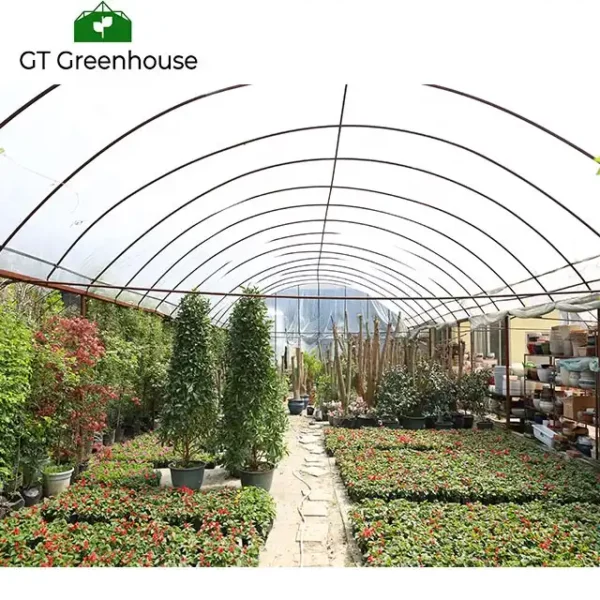Maximizing Tomato Production: The Essential Guide to Tomato Greenhouses
Tomatoes stand as one of the most popular and versatile vegetables (though botanically a fruit) grown globally. Their cultivation often benefits from controlled environments, making tomato greenhouses an indispensable tool for farmers and enthusiasts alike. This article delves into the world of tomato greenhouses, exploring their significance, optimal conditions for growth, and the essential factors to consider for successful tomato cultivation.
Understanding Tomato Greenhouses:
Tomato greenhouses are controlled environments specifically designed to provide ideal growing conditions for tomatoes. These structures offer protection from adverse weather, pests, and diseases while allowing growers to regulate temperature, humidity, and other variables to optimize tomato growth throughout the year.
Optimal Conditions for Tomato Growth:
- Temperature: Tomatoes thrive in temperatures between 65°F to 85°F (18°C to 29°C) during the day and slightly cooler temperatures at night.
- Sunlight: Tomatoes require ample sunlight for proper growth. Greenhouses should be positioned to receive maximum sunlight exposure throughout the day.
- Soil and Water: Well-draining, nutrient-rich soil is crucial. Proper watering, avoiding waterlogging, and maintaining consistent soil moisture are vital for healthy tomato plants.
- Humidity and Ventilation: Adequate air circulation and humidity control prevent fungal diseases. Ventilation systems in greenhouses help regulate these conditions.
Advantages of Tomato Greenhouses:
- Extended Growing Season: Greenhouses enable year-round tomato cultivation, allowing for consistent production even in unfavorable weather conditions.
- Protection from Pests and Diseases: Controlled environments reduce the risk of pests and diseases, contributing to healthier tomato plants.
- Increased Yield and Quality: By providing optimal conditions, greenhouses foster higher yields and better-quality tomatoes compared to outdoor cultivation.
Choosing the Right Greenhouse for Tomatoes:
Several factors are essential when selecting a greenhouse for growing tomatoes:
- Size and Design: Consider the number of tomato plants intended for cultivation and select a greenhouse size that accommodates them comfortably.
- Material and Structure: Greenhouses can be made of glass, polycarbonate, or polyethylene. Each material has its benefits in terms of insulation, durability, and cost.
- Ventilation and Climate Control: Ensure the greenhouse has adequate ventilation options and systems for controlling temperature and humidity.
Cultivation Techniques in Tomato Greenhouses:
- Training and Support: Employ techniques like trellising or staking to support tomato plants as they grow, preventing breakage and aiding in optimal fruit production.
- Pruning and Maintenance: Regular pruning of tomato plants encourages better airflow and reduces the risk of disease.
- Pollination: In a greenhouse setting, manually pollinating tomato flowers may be necessary to ensure fruit set.
Tomato greenhouses provide an optimal environment for cultivating these versatile plants, offering extended growing seasons, protection from adverse conditions, and improved yields and quality. Understanding the critical factors for successful tomato cultivation within a greenhouse is essential for farmers and enthusiasts aiming to produce abundant, healthy tomatoes year-round. By harnessing the benefits of controlled environments, tomato greenhouse cultivation remains a cornerstone of modern agricultural practices.
